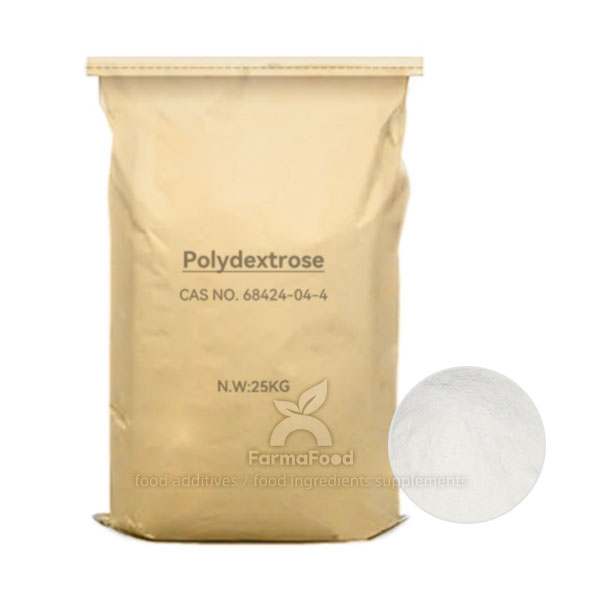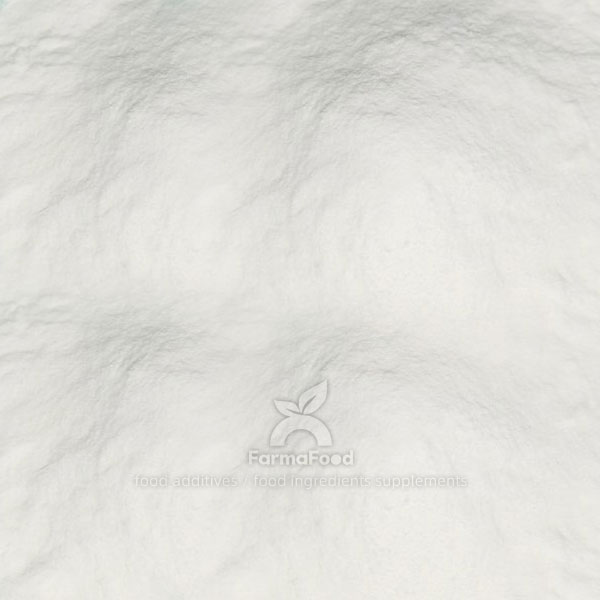Introduce
Polydextrose is a polysaccharide food additive, which is produced by condensation reaction of glucose, maltodextrin and citric acid. It has a wide range of functional and prebiotic properties and is widely used in the food sector.
The following are the main applications of Polydextrose in the food sector:
Prebiotics: Polydextrose is considered a prebiotic that maintains intestinal health by promoting the growth of beneficial bacteria. It is not fully absorbed in the human digestive system and when it reaches the colon it can be fermented by probiotics to produce beneficial substances such as short-chain fatty acids, which help to maintain the balance of intestinal flora.
Low-calorie ingredient: Polydextrose has a low calorie content, about 1/10 of sucrose, so it is often used as an ingredient in low-calorie foods. It can replace some of the fat and sugar, reducing the energy density of foods and helping to control weight and blood sugar levels.
Increases the fibre content of foods: Polydextrose is a soluble fibre that increases the fibre content of foods. Fibre is beneficial to the digestive system, helping to promote bowel movements and prevent constipation. Polydextrose is often used in cereal products, breads, biscuits, condiments and other foods to increase their fibre content.
Adjustment of food texture and mouthfeel: Polydextrose has good solubility and thickening properties and can be used to adjust the texture and mouthfeel of foods. It is often used in dairy products, frozen desserts, biscuits and other foods to improve their texture and mouthfeel.



